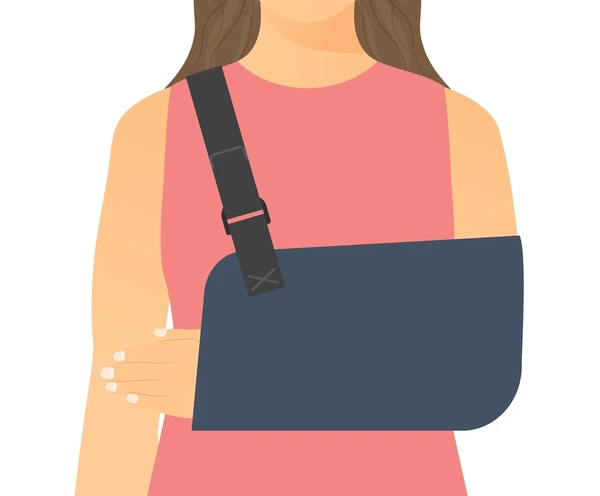A rotator cuff tear can be repaired either via an “open” or an “arthroscopic” approach. I perform all of my rotator cuff repairs arthroscopically. Nationally, the trend is an arthroscopic approach, but 20-25% of repairs nationally are still performed through an open approach. So what are the differences between these two approaches?With an open approach, an incision of several inches is made either in the front or side of the shoulder. The surgeon dissects through the skin, fat, and muscle to expose the rotator cuff and repair the tendon to the bone.With an arthroscopic approach a 1 centimeter stab incision is made in the shoulder and a camera is placed in the shoulder joint. Fluid is used to expand the joint and the rotator cuff is visualized. Then, additional stab incisions (usually 2 to 3) are made to introduce instruments and anchors to repair the rotator cuff.These two approaches lead to important differences in visualization, complication, and recovery.In surgery, seeing is everything. If the surgeon can’t see it, he or she can’t repair it. I like the open approach to the “Canyon approach.” Just as a canyon is wider at the top than the bottom, with the open approach a large incision has to be made through the soft tissue to view the rotator cuff at the bottom. The view is from outside or top of the canyon. There is a river at the bottom, but it is tough to see the detail from far away. Conversely, with an arthroscopic approach, the camera allows the surgeon to go straight through the tissue. This up-close view allows the surgeon to see the tear in detail. The tear edges and pattern can be seen in detail. In my opinion, this better appreciation of detail gives the surgeon a better chance of performing an anatomic repair of the tendon.The complication rate of an open approach is also higher than an arthroscopic approach. Two recent articles have demonstrated this difference.
- Baker et al. examined a national database of over 16,000 rotator cuff repairs and noted that patients who underwent an open repair had nearly double the risk of complication and 3 times the risk of return to the operating room within 30 days compared to patients undergoing an arthroscopic repair.
- In another study, Day et al. evaluated over 11,000 repairs from a national database and reported that the infection rate was significantly higher with an open approach compared to an arthroscopic approach. This difference is not surprising because with an open approach a larger incision is made through the skin where bacteria live. These bacteria can then be introduced to the shoulder and result in infection. With an arthroscopic approach this introduction is minimized. The difference is very important as infection can be a devastating complication after rotator cuff repair, leading to reoperation, IV antibiotics, and a poor outcome for the patient.
Finally, the approaches influence recovery. Several studies have shown that after-surgery pain is decreased with an arthroscopic approach. This is not surprising as the arthroscopic approach minimizes the invasiveness of the procedure, creating less inflammation, and therefore a decreased need for narcotic medication after surgery. I have personally seen several patients come to me for an arthroscopic repair after having an open repair by another surgeon on the opposite shoulder. Almost universally, they note that the recovery from the arthroscopic repair is easier.Because of these improvements in visualization, lower complication rates and easier recovery, I perform arthroscopic surgery for all rotator cuff repairs with excellent success in most cases.
Similar posts



